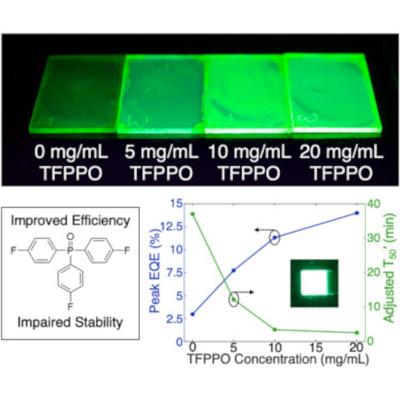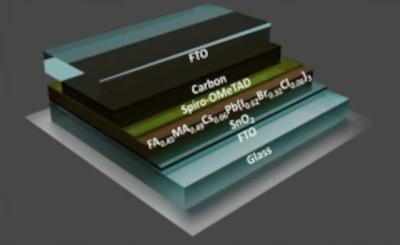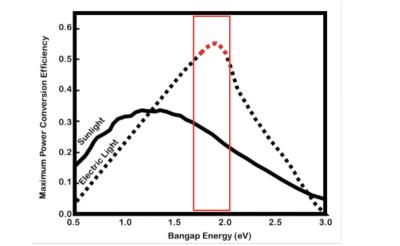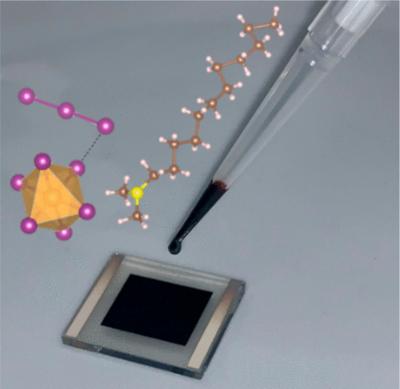This is a sponsored message by Solaires
Solaires is recycling indoor light to power IoT and electronic devices
Solaires Entreprises Inc. is a Canadian solar energy startup based in Victoria, BC., who has developed perovskite photovoltaic (PV) modules, designed for integration into IoT devices, small consumer electronics, and smart gadgets. Powered by indoor light, the cells are extremely efficient, modular, and are configurable to suit the application.
For years, the consumer electronics industry has dreamt of new technologies to power or recharge devices with indoor light. Perovskite modules are the most suitable solution and Solaires is proud to announce their perovskite PV modules are now available to the market for evaluation and integration into your devices! The company offers custom module sizes tailored to perfectly suit your needs. Those familiar in this space will appreciate that Solaires PV modules provide superior light absorption to traditional materials.
Why perovskite technology?
Theoretically, the best absorber materials for indoor applications should have an energy band gap between 1.8 to 2.0 eV. Silicon, with a bandgap between 1.1 to 1.6 eV shows poor performance for indoor light. Perovskite, though, has a tunable bandgap. Solaires’ team can adjust the bandgap to be between 1.2 to 2.6 eV, making perovskite PV modules suitable for generating high power from indoor light. This is achieved by a simple and cost effective solution processed to engineer the perovskite composition and the resulting band gap. As a result, Solaires can make perovskite PV modules suitable for generating high power from indoor light.
Fig. 1 illustrates the efficiency of perovskite, note the red area signalling the bandgap for electric light.






